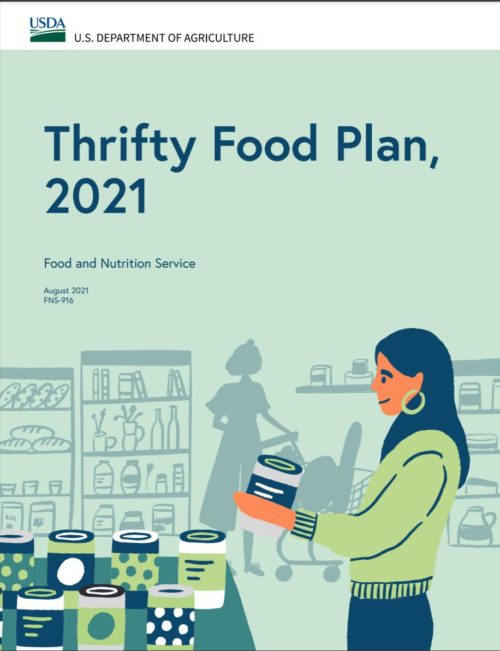On January 3, the White House issued a press release to announce “The Biden-Harris Action Plan for a Fairer, More Competitive, and More Resilient Meat and Poultry Supply Chain.
This came with a Fact Sheet explaining the plan and its rationale.
Even as farmers’ share of profits have dwindled, American consumers are paying more—with meat and poultry prices now the single largest contributor to the rising cost of food people consume at home.
The plan provides $1 billion to increase independent processing capacity: For example, 50 beef slaughter plants owned by just a handful of companies currently process nearly all the cattle in the United States.
- Independent processing plants–$375 million
- Financing for independent producers: $275 million
- Back private lenders to independent processors–$100 million
- Worker development–$100 million
- Technical assistance–$50 million
- Inspection support for small producers–$100 million
How this happened
Let’s start with a report from the White House Competition Council, which sets the tone by beginning with this quote from President Biden:
Capitalism without competition isn’t capitalism; it’s exploitation. Without healthy competition, big players can change and charge whatever they want and treat you however they want.
The Council’s goal for reducing competition in agriculture: Lowering food prices for consumers and increasing earnings for farmers and ranchers.
The 2021 timeline
July 9 President Biden issues Executive order on promoting competition in the American economy
Robust competition is critical to preserving America’s role as the world’s leading economy. Yet over the last several decades, as industries have consolidated, competition has weakened in too many markets, denying Americans the benefits of an open economy and widening racial, income, and wealth inequality…Consolidation has increased the power of corporate employers, making it harder for workers to bargain for higher wages and better work conditions…Consolidation in the agricultural industry is making it too hard for small family farms to survive.
July 9 The White House presents a Fact sheet on the Executive order
The markets for seeds, equipment, feed, and fertilizer are now dominated by just a few large companies, meaning family farmers and ranchers now have to pay more for these inputs. For example, just four companies control most of the world’s seeds, and corn seed prices have gone up as much as 30% annually.
September 8 The White House issues a report Addressing Concentration in the Meat-Processing Industry to Lower Food Prices for American Families [Note: this contains many useful charts]
December 10 The White House finds Recent Data Show Dominant Meat Processing Companies Are Taking Advantage of Market Power to Raise Prices and Grow Profit Margins [Note: I did a blog post on this one]
The meat-processors are generating record profits during the pandemic, at the expense of consumers, farmers, and ranchers…the prices the processors pay to ranchers aren’t increasing, but the prices collected by processors from retailers are going up…At the same time, we have seen some of the top firms in this industry generate record gross profits and their highest gross margins in years.
The Reactions
The North American Meat Institute: Government Intervention in Markets Will Not Help Consumers, Producers
For the third time in six months, President Joe Biden and his Administration announced the same plans to spend $1 billion to fund government intervention in the market in an attempt to increase prices livestock producers receive while blaming inflation on private industry…The Biden Administration continues to ignore the number one challenge to meat and poultry production: labor shortages.
Washington Post Opinion: Why President Biden is suddenly talking about meat
Now that President Biden has unveiled a plan to combat monopolistic practices in the meat industry, much of the media coverage is treating this effort as little more than an attempt to mitigate the political fallout of inflation by blaming large corporations for it…But the truth is that the White House plan only makes passing mention of inflation. Its primary focus is on the power dynamics of an industry that puts small faWilrmers and ranchers at the mercy of large meatpacking corporations, and the role this plays in causing higher prices and creating other problems.
The Counter: Can $1 billion really fix a meat industry dominated by just four companies?
The Biden administration’s newly announced investment in small, independent processors is intended to level the playing field. But without addressing the root causes [larger plants, union busting] of market concentration, critics fear it may have limited impact.
The Meatrix: the 2.5-minute trailer provides an excellent summary of the issues. It also comes with a Take Action page
The Hagstrom Report’s list of links
Comment: Will any of this do any good in reducing the monopolistic power of Big Meat? This depends on anti-trust legislation, and for that we must wait and see. And where is Big Chicken in all of this? Most of the attention here is on beef production, but the unfair practices of chicken companies need just as much attention.








